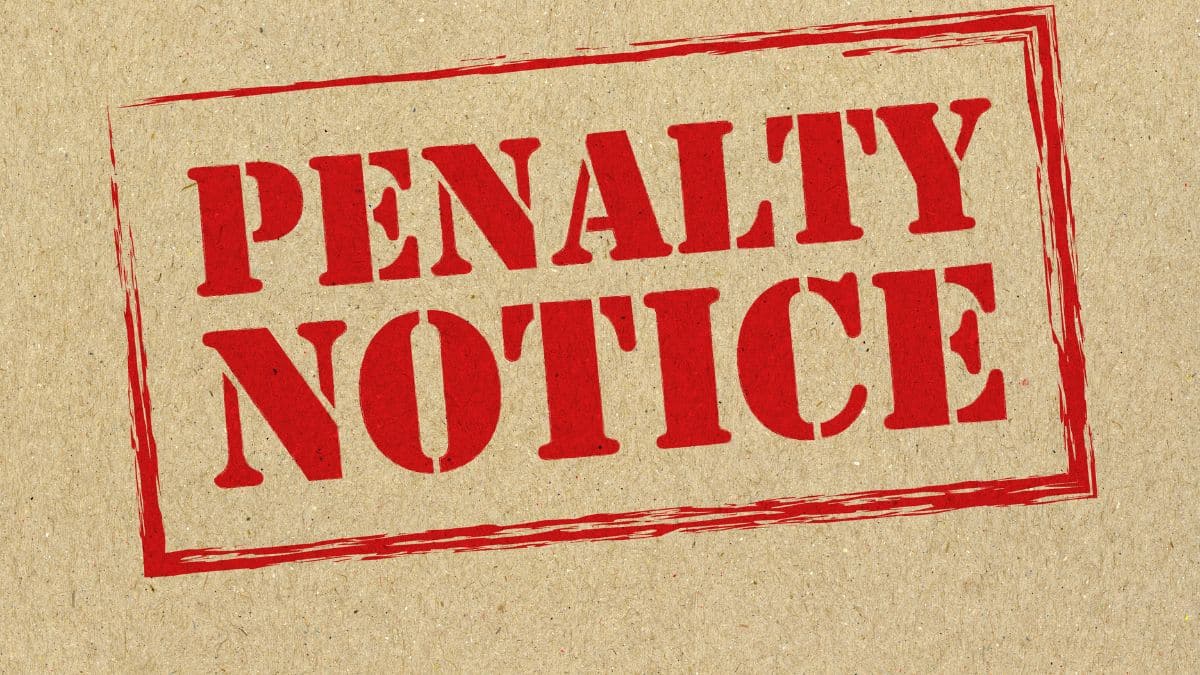In this guide
It’s a rare person who enjoys paperwork. But for trustees of a self-managed super fund (SMSF), it’s a necessary evil.
That’s because there can be serious penalties if your fund isn’t set up and managed to comply with superannuation and taxation legislation. These penalties are imposed by the SMSF sector regulator, the Australian Taxation Office (ATO).
Non-compliance penalties are there to ensure trustees manage their fund for the sole purpose of providing retirement income and to deter them from illegally taking advantage of generous tax concessions available under Australian superannuation law.
An overview of SMSF penalties
While the ATO prefers to take a ‘prevention before correction’ approach to SMSF compliance, more serious or continued breaches attract more severe penalties. Penalties that can be imposed by the ATO for SMSF non-compliance include:
- Enforceable undertakings
- Rectification directions
- Administrative penalties
- Raising income tax assessments
- The freezing of the fund’s assets
- Trustee disqualifications
- The winding up of the fund
- Civil and criminal penalties.
Let’s look at each of these in detail.
Enforceable undertakings
SMSF trustees can potentially rectify non-compliance via an enforceable undertaking. This is a written commitment by trustees to:
- Stop the non-compliant behaviour
- Take action to rectify the fund’s non-compliance within a designated timeframe
- Explain how and when they will report that their fund’s non-compliance has been rectified
- Implement strategies to prevent the non-compliant behaviour from happening again.
It’s up to the ATO to decide whether to accept the enforceable undertaking of trustees. Factors that the ATO considers include:
- The trustee’s compliance history
- The extent of the non-compliance (e.g. whether there are criminal consequences)
- Whether the non-compliance can be satisfactorily rectified, as well as when and how it will be done.
Rectification directions
The ATO can provide a specific written direction to SMSF trustees explaining action they need to take to rectify their non-compliance. This action must be taken within the timeframe specified by the ATO, and trustees must provide evidence once it’s been done.
Trustees who fail to comply with rectification directions may be disqualified and their fund exposed to significant tax penalties.
Administrative penalties
Individual trustees and corporate trustee directors are subject to financial penalties if they contravene any of the provisions of the Superannuation Industry (Supervision) Act 1993. Different types of breaches carry different penalties. The ATO sets out different types of non-compliance and their associated penalties.
Penalties are assigned penalty units ranging from five to 60. Currently, each penalty unit incurs a fine of $330. So, a breach of five penalty units would mean a penalty of $1,650 and breach of 60 units $19,800.
| Date when infringement occurred | Penalty unit amount |
|---|---|
| Up to 27 December 2012 | $110 |
| 28 December 2012 to 30 July 2015 | $170 |
| 31 July 2015 to 30 June 2017 | $180 |
| 1 July 2017 to 30 June 2020 | $210 |
| 1 July 2020 to 31 December 2022 | $222 |
| 1 January 2023 to 30 June 2023 | $275 |
| 1 July 2023 to 6 November 2024 | $313 |
| On or after 7 November 2024 | $330 |
Financial penalties must be paid from personal savings, not from the fund.
It’s also important to note that financial penalties for the same offence are more severe for SMSFs with an individual trustee structure and more than one member/trustee than those run by a corporate trustee. This is because the penalty is applied to each trustee individually, whereas under a corporate trustee structure, a single penalty is applied to the company involved. The directors of the company share the penalty.
This is best illustrated with an example. Let’s consider two SMSFs. The first has four members who are also the fund’s individual trustees. The second is set up with a corporate trustee and each of the four fund members are directors of the corporate trustee.
Now let’s assume that each SMSF fails to prepare its financial accounts and statements. This form of non-compliance attracts ten penalty units for a fine of $3,300. This fine will be applied to each of the individual trustees of the first super fund, so the breach effectively attracts a total fine of $13,200.
However, the $3,300 fine will be applied to the second fund’s corporate trustee as a single entity, to be shared among the four directors. They will each be liable for just $825.
Raising income tax assessments
If a member has illegally accessed their super without meeting a condition of release, the accessed amount will be included in their assessable income, even if they later repay it to their fund. This means the member may have to pay:
- Additional income tax at the top marginal rate of 45% instead of the concessional super rate of 15%
- Tax shortfall penalties
- Interest.
This is in addition to any administrative penalties and potential disqualification.
Freezing the fund’s assets
Trustees (or investment managers) may be given notice to freeze the assets of their SMSF if the ATO believes their conduct is adversely affecting the performance or compliance of the fund.
This effectively means the trustees can’t buy, sell or deal with the fund’s assets while the ATO deems them frozen.
Trustee disqualification
The ATO has the option to disqualify individuals from acting as individual or corporate SMSF trustees if they have been non-compliant. The ATO considers the seriousness of the non-compliance in deciding whether to impose this penalty.
It’s an offence to continue as an SMSF trustee if you’ve been disqualified.
Winding up the fund
The ATO can also allow a non-compliant SMSF to be wound up, with a rollover of its funds into a public super fund regulated by the Australian Prudential Regulation Authority (APRA).
However, depending on the type of contravention, the ATO may still issue the SMSF with a notice of non-compliance or apply penalties.
Civil and criminal penalties
Serious breaches of super legislation can result in the ATO applying for civil or criminal penalties to be imposed on SMSF trustees.
Examples of serious breaches include:
- The SMSF not satisfying the sole purpose test. The ATO requires super funds to be maintained for the sole purpose of providing retirement benefits to their members (or to their dependants if a member dies before retiring)
- The SMSF lending its funds to its members/trustees
- The SMSF allowing its members to access funds prior to reaching their preservation age and satisfying a condition of release
- The SMSF not investing at ‘arm’s length’. An arm’s length investment is done on a commercial basis at market value. This ensures all assets in the fund are valued correctly.
Can SMSF penalties be disputed?
Independent expert guidance for your SMSF
- Comprehensive super and SMSF rules and strategies in plain language
- Admin and compliance made easier with step-by-step checklists
- Insights on the most popular SMSF investments
- Regular updates and webinars to keep you informed and compliant



Leave a Reply
You must be logged in to post a comment.